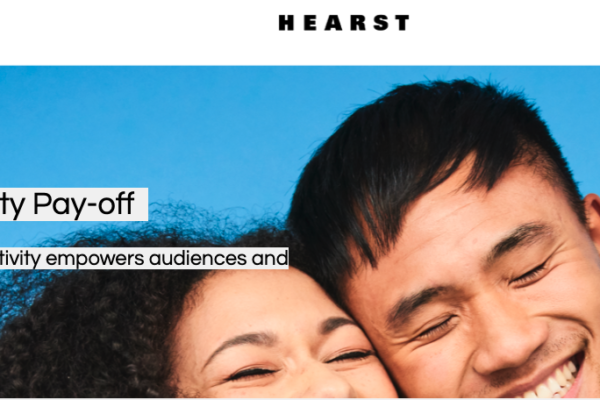Hearst UK unveils new research which captured in real time how its content affects and influences positivity in consumers
Hearst UK has unveiled research measuring individual interactions with its content (across digital, social and print) and how it affected respondent’s positivity levels. The data showed that 82% of its audience immediately experienced an uplift in positive feeling following an individual interaction with Hearst UK content.
This and more findings were uncovered in a study that Hearst UK undertook in partnership with Bournemouth University, using the Experience Sampling Method (ESM) methodology.
It is the first and largest study of its kind that captures in real time and real life how print, online and social media magazine content affects consumers positivity.
ESM has been extensively used for measuring mood variations across situations and is often regarded as the ‘gold standard’ in measuring mood variation in positive psychology. Using ESM allowed feedback from participants in the study to be gathered in real time, before and immediately after engaging with Hearst UK content using an app-based methodology.
The app-based methodology ‘pinged’ or prompted respondents at random times of the day, so that their feelings could be assessed when engaging in other activities compared to engaging with Hearst. This ‘pinged’ scenario also allowed for understanding the lasting effect of prior engagement with Hearst content. It also removed any lab-tested or claimed response bias.
Over a three-week period, 36,000 individual pieces of feedback and data was collected.
More findings from the study include:
- 79% of respondents felt higher levels of enthusiasm, 76% felt higher levels of excitement and determination and 73% saw their happiness levels uplift after engaging with Hearst UK content
- On average, respondents felt more positive across 3 feelings after engaging with Hearst UK content
- 83% of positively uplifted people take immediate action (for example by talking to others or investigating what they’ve read further) after engaging with Hearst UK content
- Feelings of positivity generated by Hearst UK content are still enhanced up to 24 hours after engaging
- Levels of positivity grew stronger over time, with the respondents positivity levels rising on average by 29% from the start of the study to the end. Furthermore, when it came to respondents classed as ‘frequent engagers,’ this was even higher, with positivity levels rising to 67% by the end of the study
Faye Turner, Head of Commercial Strategy & Insight, Hearst UK said: “We are so proud to have partnered with Bournemouth University on this incredible piece of research, which once again proves how important positive content is for both our audiences and our commercial partners. The research shows that when in a positive state of mind, consumers have a greater interest in brands and advertising delivering tangible results in terms of engagement and purchasing behaviour. This new research will enable us to offer solutions for clients to help better serve their needs.”
Melanie Gray, Head of the Communication and Journalism Department at Bournemouth University said: “We took a novel research approach to get ‘in the moment’ feedback from audiences engaging with media content. This allowed readers to give their immediate reflections and offer an honest appraisal of the mood the articles and content created. We were really struck by the relationship between positive stories and positive feelings, which developed as a core thread of this research with a very large sample size. It allows us to say, with confidence, that positive storytelling can have positive benefits to your mood.”
To discuss the research in more detail, Hearst UK is hosting a webinar on the 22nd of June at 11am, which attendees can register for here.









